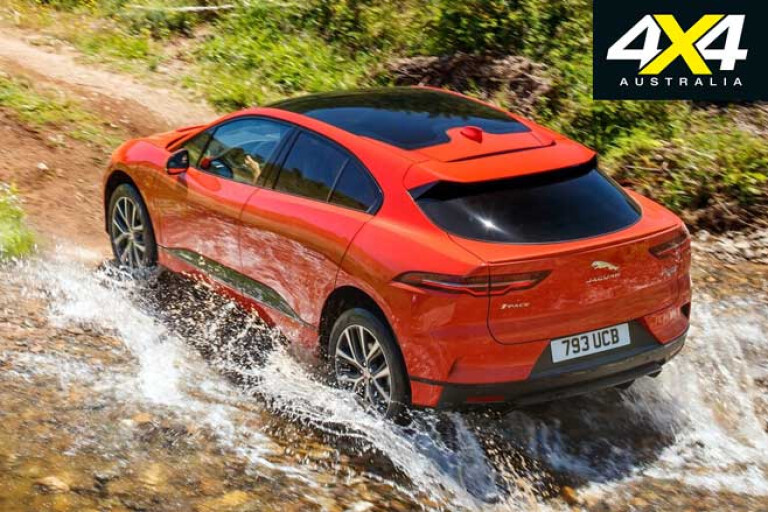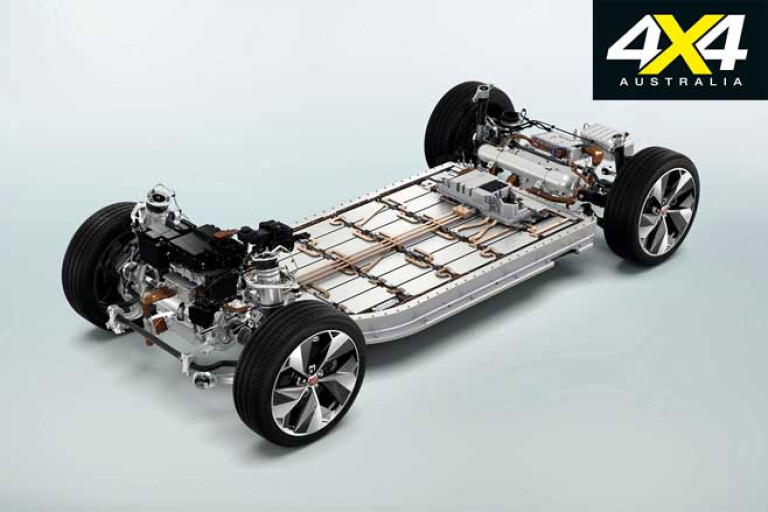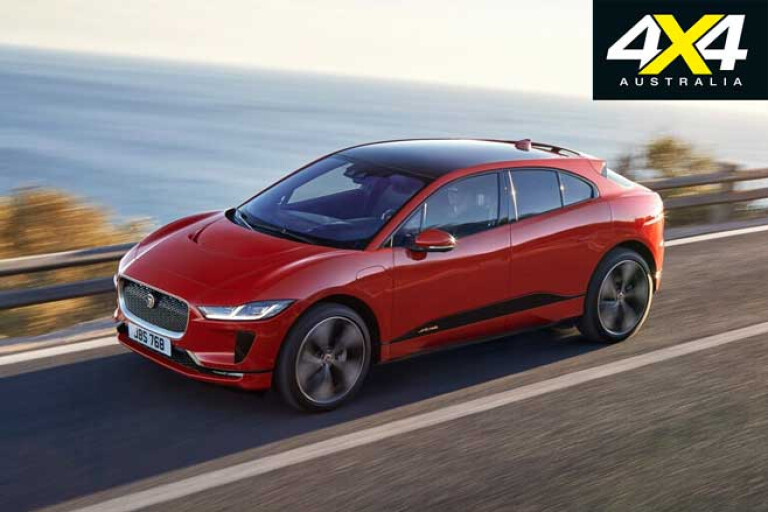
AFTER HIS initial test flight of the Messerschmitt Me 262 – the world’s first operational jet-powered fighter plane – Adolf Galland, Germany’s top World War II fighter pilot said: “It was though angels were pushing … no engine vibration … no lashing noise from the airscrew. It will guarantee us an unbelievable advantage in operations while the enemy adheres to the piston engine.”
Well it might seem like romanticising the occasion, and putting airscrews and enemy aside, the sentiment in those words sprung to mind when I got behind the wheel of the Jaguar I-Pace, a fully electric SUV with jet-like performance.

Compared to piston-engined vehicles, the I-Pace represents a whole new paradigm of performance, refinement, efficiency and simplicity. It’s like it has come from some parallel universe and demonstrates without doubt that the piston engine’s days are numbered.
The I-Pace has two electric motors, one at either end integrated into the axles to provide all-wheel drive. Combined they produce 294kW and 696Nm, which is available from zero revs. Put the foot down and it’s like being shot out of a cannon. Despite its 2200kg, the I-Pace gets to 100km/h in 4.8 seconds and feels even faster to 60km/h. As such, it could be the ultimate street sleeper.
Not in a hurry? Then you’ll marvel at the I-Pace’s dead silent and vibration-free powertrain: no induction noise, no combustion noise and no exhaust noise. Plus it’s also turbine-smooth, given there is no reciprocal motion as there is with a piston engine to cause vibration.
The I-Pace’s electric motors offer such a wide spread of power, and with a near endless rpm limit to play with, they get away with a single-speed transmission, which is in stark contrast to piston engines that now run boxes with up to 10 gears.

This simplicity is reflected in the electric motors, as each only has one moving part, its rotor. Compare that to the moving parts in an internal-combustion engine with its crankshaft, sometimes with counter-rotating balance shafts, and then the pistons, con rods, camshafts, valves, injectors, pumps and turbos.
With sufficient production volume, an electric motor must be much cheaper to build than a piston engine. It’d be easier to service, too, with no engine oil, filters or spark plugs to change. Even the brakes shouldn’t need much service such is the strength of regenerative braking.
Set to the maximum regenerative braking, the I-Pace is close to a one-pedal driving experience with little or no need to apply the conventional wheel brakes. The less you use the wheel brakes, the more energy is recaptured for later use; so it’s the ideal driving technique to master anyway.

It isn’t perfect, though, with its shortfalls all linked to its electric motor that’s powered by a battery. This brings with it all the associated limitations of driving range (you’re doing well to get to 400km) and recharging, which can take a couple of days from a 240V 10A domestic outlet. Things get better (recharge overnight) with a 7kW fast charger installed in your garage or parking area for about $3K, which is pretty much a prerequisite for EV ownership.
Otherwise you’re relying on the thin spread of public chargers, which – although they range up to 50 or 100kW direct-current ‘superchargers’ – still don’t provide anything that vaguely resembles the convenience of refilling a petrol or diesel car. Perhaps hydrogen fuel cell-powered EVs are a better long-term bet, given hydrogen’s quick refilling times and better range. Time will tell.

COMMENTS